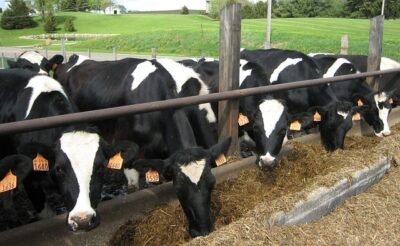A Beginner’s Guide to Harvesting Your Homegrown Produce
In this Article...
Tips, Tools, and Techniques to help you with your harvest
Growing your own fruits, vegetables, and herbs is a rewarding experience. Watching your plants thrive and produce bountiful harvests is a joy like no other. But when is the right time to harvest? What tools should you use? In this beginner’s guide, we’ll explore the art of harvesting your homegrown produce, covering various common vegetables, fruits, and herbs. So put on your gardening gloves and let’s get started!
Essential Harvesting Tools:
Before we dive into the specifics of harvesting different crops, let’s gather the essential tools you’ll need:
- a) Pruning Shears or Secateurs: Ideal for cutting thick stems or woody branches.
- b) Hand Pruners: Perfect for harvesting smaller fruits, herbs, or vegetables.
- c) Garden Knife: Useful for harvesting root vegetables, larger fruits, or tough-stemmed plants.
- d) Harvesting Baskets or Containers: To safely transport your fresh produce from the garden to your kitchen.
Harvesting Common Vegetables:
- a) Tomatoes: Harvest when they are firm, fully coloured, and have a glossy appearance. Twist or cut the stem just above the fruit using pruning shears.
- b) Cucumbers: Harvest when they reach the desired size and colour. Cut the stem with a knife or shears, leaving a small portion attached to the fruit.
- c) Carrots: Harvest when the carrot roots have reached the desired size. Loosen the soil around them gently and pull them out by grasping the foliage near the crown.
- d) Lettuce: Harvest outer leaves as soon as they reach a usable size, leaving the inner leaves to continue growing. Use scissors or hand pruners to cut the leaves at the base.
- e) Beans: Harvest when they are still young and tender. Snap them off by hand or use pruners for thicker stems.
Harvesting Common Fruits:
- a) Apples: Harvest when the fruit reaches its full colour and easily comes off the tree with a gentle upward twist or lift.
- b) Strawberries: Pick when the berries are fully red and ripe. Pinch or cut the stem just above the berry using hand pruners or scissors.
- c) Raspberries: Harvest when the berries are fully coloured and easily detach from the plant. Gently pull them off the stem.
- d) Peaches: Harvest when the fruit is slightly soft and the background colour has changed from green to yellow or red. Twist or cut the stem just above the fruit.
- e) Grapes: Harvest when the grapes are plump, sweet, and full-coloured. Use pruning shears to cut the clusters from the vine.
Harvesting Common Herbs:
- a) Basil: Harvest by cutting the stems just above a pair of leaves. Regular harvesting promotes bushier growth.
- b) Parsley: Snip outer stems near the base of the plant using scissors or shears. Avoid harvesting the central stems to encourage continued growth.
- c) Mint: Cut the stems just above a set of leaves, removing no more than one-third of the plant’s foliage at a time.
- d) Rosemary: Harvest sprigs by cutting them from the plant with pruning shears or a sharp knife. Trim the branches back to encourage new growth.
- e) Thyme: Cut stems just above a leaf node or pair of leaves using scissors or shears. Trim back the plant periodically to maintain its shape.
General Harvesting Tips:
- a) Harvest in the morning: Vegetables, fruits, and herbs are often crisper and contain more moisture in the morning, leading to better flavour and quality.
- b) Avoid overripe produce: Harvesting too late can result in tough, bitter, or spoiled crops. Regularly check the ripeness and appearance of your plants.
- c) Handle with care: Treat your harvested produce gently to prevent bruising or damage.
- d) Enjoy fresh: Harvesting just before using ensures the best flavour, nutrition, and texture.
- e) Store properly: For crops that require storage, follow specific guidelines to maintain their freshness and quality.
Harvesting your own homegrown produce is a wonderful experience that allows you to savour the fruits of your labour. By using the right tools, understanding the signs of readiness, and employing proper harvesting techniques, you can enjoy the finest flavours and nutritional benefits from your garden. So go out, explore the joys of harvesting, and indulge in the satisfaction of growing your own food. Happy harvesting!



